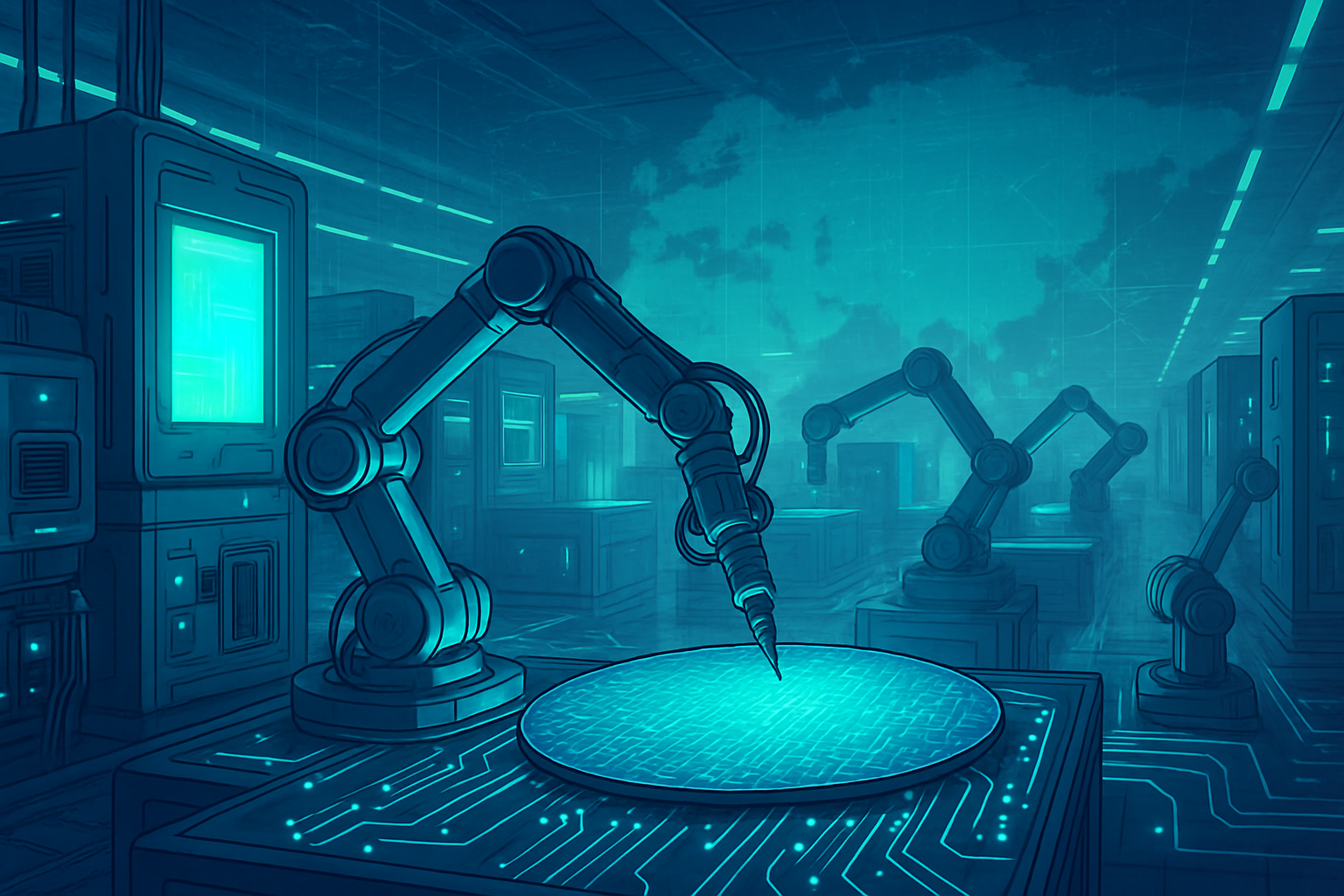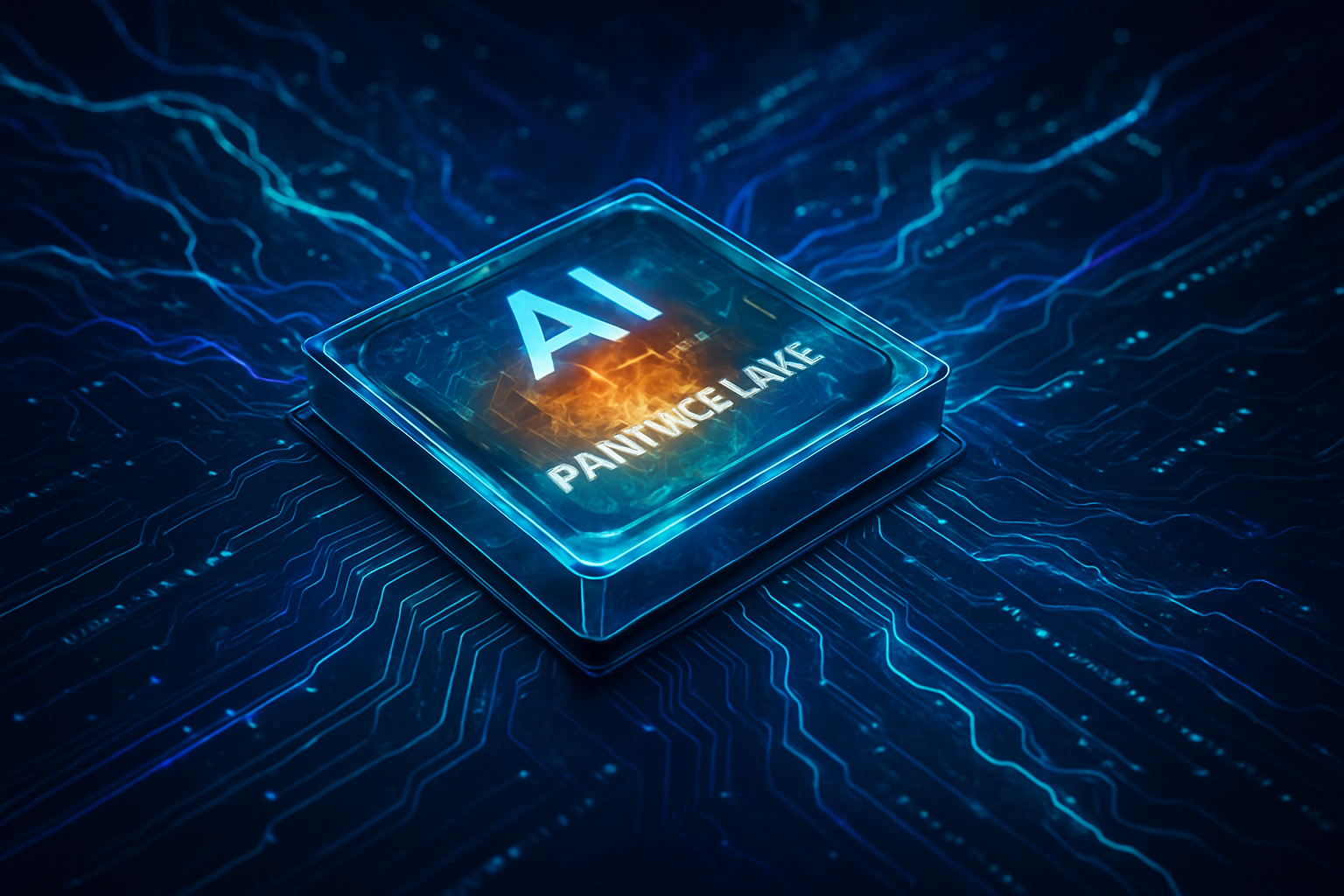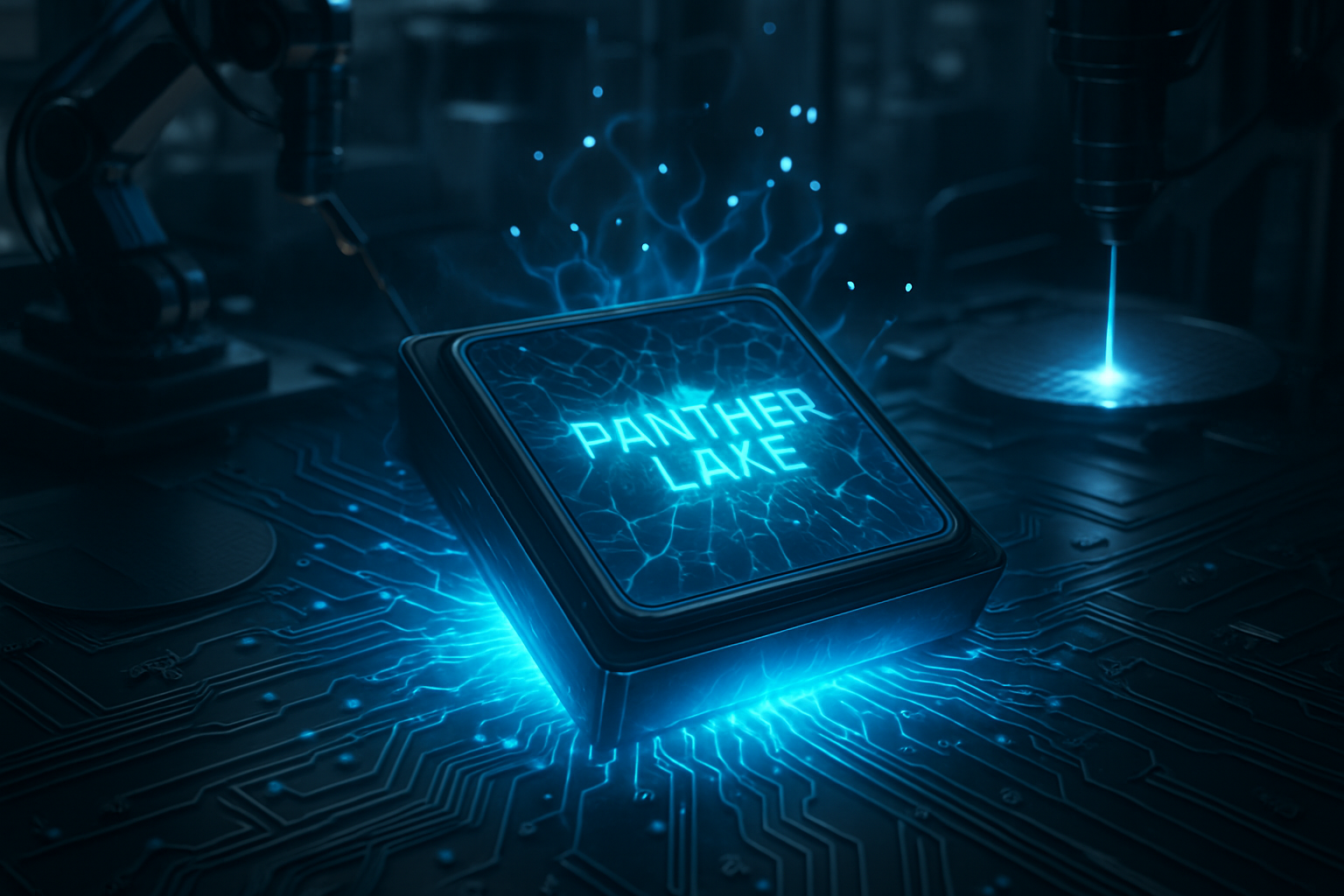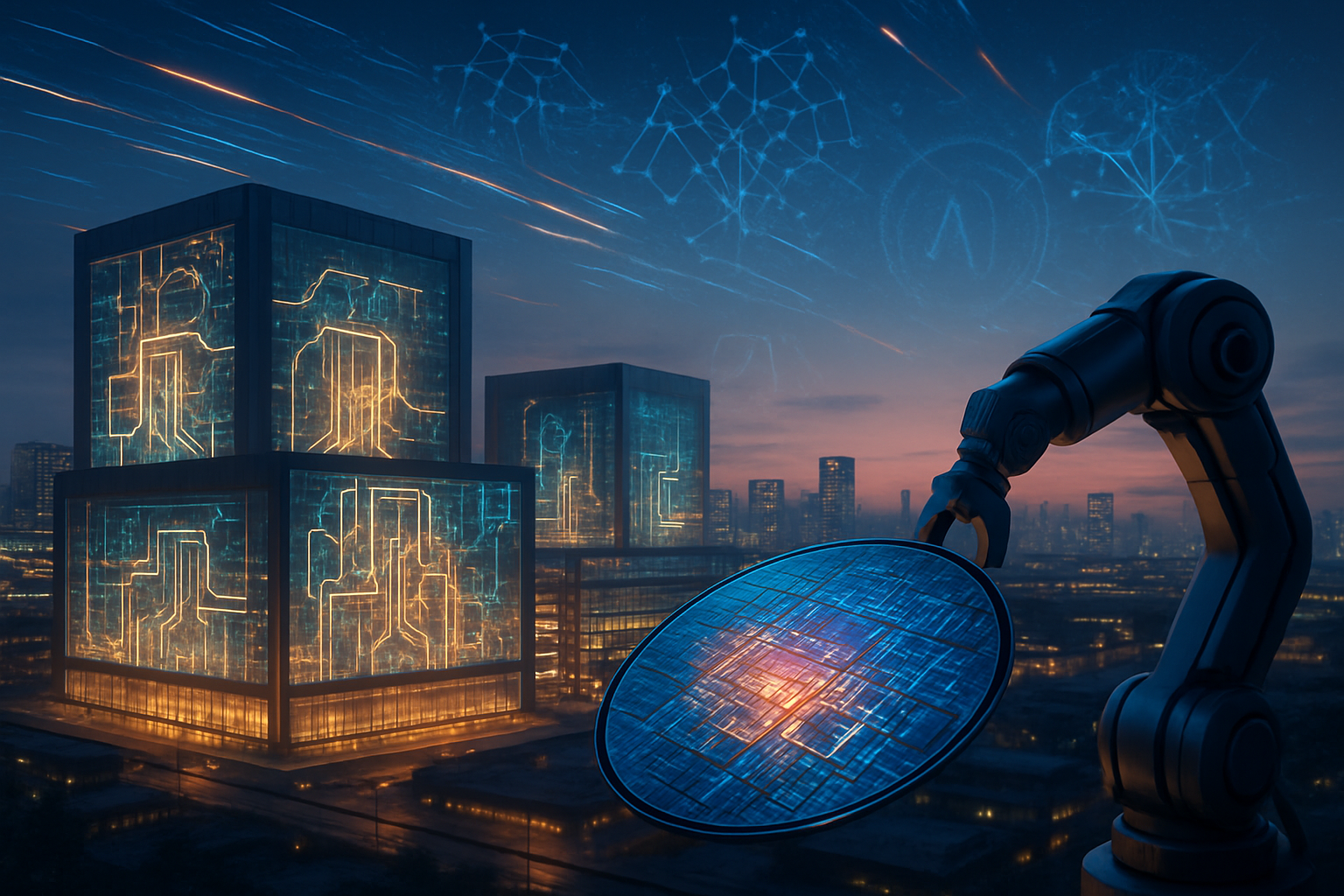In a landmark development for the global semiconductor industry, Intel (NASDAQ: INTC) announced in early June 2024 that it had reached a definitive agreement with Apollo Global Management (NYSE: APO). The private equity giant committed an $11 billion investment to acquire a 49% equity interest in a joint venture centered around Intel's state-of-the-art Fab 34 manufacturing facility in Leixlip, Ireland. This strategic financial maneuver, which was expected to close in the second quarter of 2024, represents a pivotal moment in Intel's ambitious global manufacturing expansion and its "IDM 2.0" strategy, designed to re-establish its leadership in chip manufacturing and foundry services.
The immediate significance of this now-concluded deal for Intel is profound. It delivers a substantial capital injection, empowering the company to sustain its extensive investments in constructing and upgrading advanced chip fabrication plants worldwide, thereby reducing reliance on its own balance sheet. Intel maintains a controlling 51% interest in the joint venture and full operational command of Fab 34, a facility already producing high-performance Intel Core Ultra processors utilizing Intel 4 technology, with Intel 3 technology also rapidly scaling up. This partnership, Intel's second under its "Semiconductor Co-Investment Program" (SCIP), highlights a growing industry trend where chipmakers are increasingly leveraging external financing to mitigate the immense capital expenditures inherent in the ultra-intensive semiconductor manufacturing sector. For the broader industry, this investment directly contributes to a much-needed increase in global manufacturing capacity, crucial for meeting the escalating demand for chips across a diverse array of applications, from cutting-edge AI to personal computing and expansive data centers.
Strategic Capital Infusion Powers Intel's Advanced Manufacturing Drive
The $11 billion investment from Apollo Global Management is earmarked specifically for Intel's Fab 34, a critical component of its aggressive manufacturing roadmap. Located in Leixlip, Ireland, Fab 34 is at the forefront of Intel's process technology advancements. At the time of the announcement, the facility was already actively producing Intel Core Ultra processors using Intel 4 technology, marking a significant step forward in performance and power efficiency. Furthermore, the ramp-up of Intel 3 technology at the same site underscores the plant's role in delivering the next generation of high-performance computing solutions. Intel 4 and Intel 3 are crucial nodes in Intel's "five nodes in four years" strategy, aiming to regain process leadership by 2025. These advanced nodes leverage Extreme Ultraviolet (EUV) lithography, a highly sophisticated and expensive technology essential for manufacturing the most intricate and powerful chips.
This financial structure, where Apollo takes a 49% equity stake in a joint venture controlling Fab 34, is a refined iteration of Intel's "Semiconductor Co-Investment Program" (SCIP). Unlike traditional financing methods that might involve debt or direct equity issuance, SCIP allows Intel to offload a portion of the capital intensity of its manufacturing expansion while retaining operational control and a majority stake. This approach differs significantly from previous models where chipmakers would either fully self-fund expansions or rely heavily on government subsidies. By bringing in a financial partner like Apollo, Intel de-risks its substantial capital expenditure, enabling it to allocate its own capital to other strategic priorities, such as R&D, new product development, and further expansion projects across its global network, including sites in Arizona, Ohio, and Germany. Initial reactions from industry analysts and investors were largely positive, viewing the deal as a shrewd financial move that validates Intel's manufacturing strategy and provides crucial flexibility in a highly competitive and capital-intensive market. It signals a pragmatic approach to funding the immense costs of leading-edge semiconductor fabrication.
Competitive Edge and Market Realignments
The Apollo investment in Intel's Irish operations carries significant competitive implications across the semiconductor ecosystem. Primarily, Intel (NASDAQ: INTC) stands to be the most direct beneficiary, gaining crucial financial flexibility to accelerate its IDM 2.0 strategy. This strategy aims to regain process technology leadership and establish Intel Foundry Services (IFS) as a major player in the contract manufacturing market, directly challenging incumbents like Taiwan Semiconductor Manufacturing Company (TSMC) (NYSE: TSM) and Samsung (KRX: 005930). By sharing the capital burden of Fab 34, Intel can potentially invest more aggressively in other fabs, R&D, and talent acquisition, bolstering its competitive stance.
This development also subtly shifts the competitive landscape for other major AI labs and tech giants. Companies relying on advanced chips for AI development, data centers, and high-performance computing (HPC) benefit from increased global manufacturing capacity and diversification of supply. While TSMC remains the undisputed leader in foundry services, Intel's strengthened position and expanded capacity in Europe provide an alternative, potentially reducing reliance on a single region or provider. This could lead to more competitive pricing and better supply chain resilience in the long run. Startups and smaller AI companies, often reliant on the availability of cutting-edge silicon, could see improved access to advanced nodes as overall capacity grows. The investment also validates the trend of private equity firms seeing long-term value in critical infrastructure like semiconductor manufacturing, potentially paving the way for similar deals across the industry and bringing new sources of capital to a sector historically funded by corporate balance sheets and government incentives.
Global Semiconductor Reshaping and Geopolitical Implications
This substantial investment from Apollo Global Management (NYSE: APO) into Intel's (NASDAQ: INTC) Irish facility fits squarely into the broader global trend of reshoring and regionalizing semiconductor manufacturing. The COVID-19 pandemic and subsequent geopolitical tensions highlighted the fragility of a highly concentrated semiconductor supply chain, primarily centered in Asia. Nations and blocs, including the European Union and the United States, have since launched ambitious initiatives like the EU Chips Act and the US CHIPS Act, respectively, to incentivize domestic and regional chip production. Intel's expansion in Ireland, bolstered by this private equity funding, directly aligns with the EU's strategic goals of increasing its share of global chip manufacturing.
The impact extends beyond mere capacity. It strengthens Europe's technological sovereignty and economic security by creating a more robust and resilient supply chain within the continent. This move helps to de-risk the global semiconductor ecosystem, reducing potential points of failure and increasing the stability of chip supply for critical industries worldwide. While the investment itself does not introduce new technical breakthroughs, it is a significant financial milestone that enables the acceleration and scale of existing advanced manufacturing technologies. Potential concerns, however, include the long-term profitability of such capital-intensive ventures, especially if market demand fluctuates or if new process technologies become prohibitively expensive. Comparisons to previous AI milestones, while not directly applicable in a technical sense, can be drawn in the context of strategic industry shifts. Just as major investments in AI research labs or supercomputing infrastructure have accelerated AI development, this financial injection accelerates the foundational hardware upon which advanced AI depends, marking a critical step in building the physical infrastructure for the AI era.
The Road Ahead: Scaling, Innovation, and Supply Chain Resilience
Looking ahead, the $11 billion investment from Apollo Global Management is expected to catalyze several near-term and long-term developments for Intel (NASDAQ: INTC) and the broader semiconductor industry. In the near term, the immediate focus will be on the continued ramp-up of Intel 4 and Intel 3 process technologies at Fab 34 in Ireland. This acceleration is crucial for Intel to meet its "five nodes in four years" commitment and deliver competitive products to market, including next-generation CPUs and potentially chips for its foundry customers. The increased financial flexibility from the Apollo deal could also enable Intel to expedite investments in other planned fabs globally, such as those in Ohio, USA, and Magdeburg, Germany, further diversifying its manufacturing footprint.
Longer-term, the success of this co-investment model could pave the way for similar partnerships across the capital-intensive semiconductor industry, allowing other chipmakers to share financial burdens and scale more rapidly. Potential applications and use cases on the horizon include a more robust supply of advanced chips for burgeoning sectors like artificial intelligence, high-performance computing, automotive electronics, and edge computing. A key challenge that needs to be addressed is ensuring consistent demand for the increased capacity, as oversupply could lead to pricing pressures. Additionally, the rapid evolution of process technology demands continuous R&D investment, making it imperative for Intel to maintain its technological edge. Experts predict that this type of strategic financing will become more commonplace, as governments and private entities recognize the critical national and economic security implications of a resilient and geographically diverse semiconductor supply chain. The partnership is a testament to the fact that building the future of technology requires not just innovation, but also innovative financial strategies.
A Blueprint for Future Semiconductor Funding
The $11 billion investment by Apollo Global Management (NYSE: APO) into Intel's (NASDAQ: INTC) Fab 34 in Ireland represents a significant inflection point in the funding of advanced semiconductor manufacturing. The key takeaway is Intel's successful utilization of its Semiconductor Co-Investment Program (SCIP) to unlock substantial capital, allowing it to de-risk and accelerate its ambitious IDM 2.0 strategy. This move ensures that Intel can continue its aggressive build-out of leading-edge fabs, critical for regaining process leadership and establishing its foundry services. For the broader industry, it provides a blueprint for how private equity and other external financing can play a pivotal role in funding the astronomically expensive endeavor of chip production, thereby fostering greater global manufacturing capacity and resilience.
This development's significance in the history of AI and technology is perhaps less about a direct AI breakthrough and more about strengthening the foundational hardware layer upon which all advanced AI depends. By bolstering the supply chain for cutting-edge chips, it indirectly supports the continued rapid advancement and deployment of AI technologies. The long-term impact will likely be seen in a more geographically diversified and financially robust semiconductor industry, less susceptible to single points of failure. In the coming weeks and months, observers should watch for updates on Fab 34's production milestones, further details on Intel's global expansion plans, and whether other major chipmakers adopt similar co-investment models. This deal is not just about a single plant; it's about a new era of strategic partnerships shaping the future of global technology infrastructure.
This content is intended for informational purposes only and represents analysis of current AI developments.
TokenRing AI delivers enterprise-grade solutions for multi-agent AI workflow orchestration, AI-powered development tools, and seamless remote collaboration platforms.
For more information, visit https://www.tokenring.ai/.




